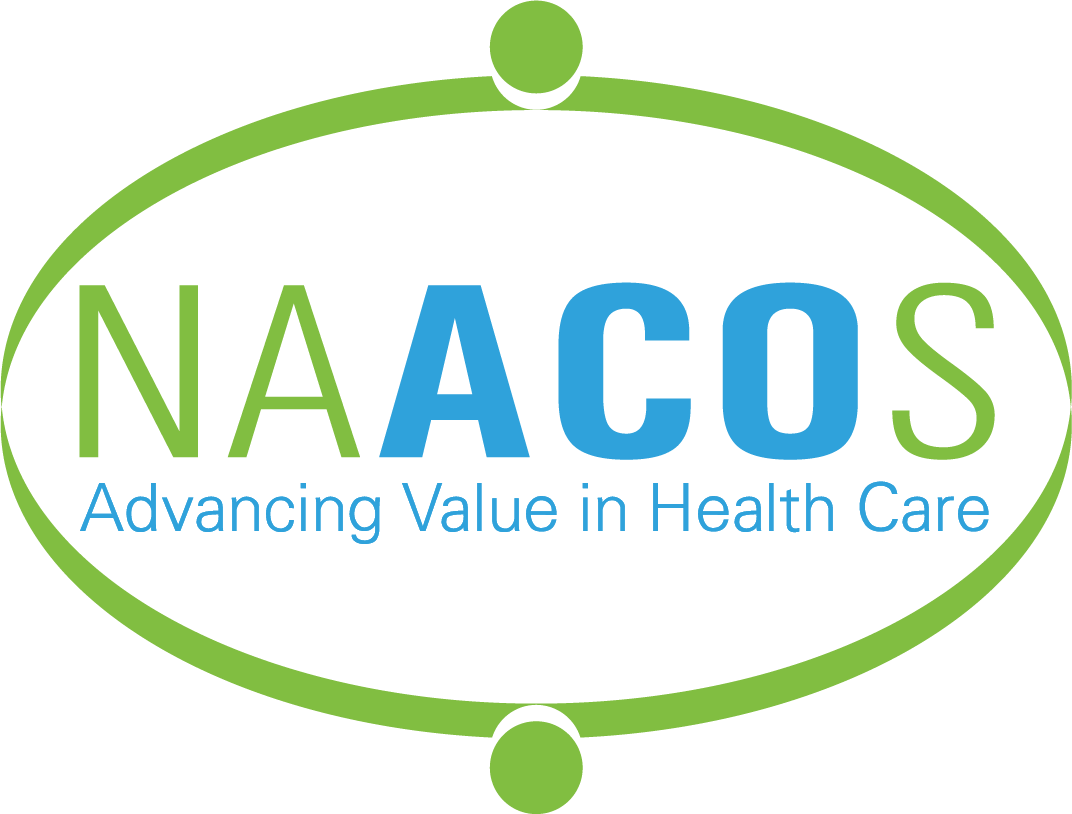Congress Needs to Act to Support Value-Based Patient Care
Accountable care enables physicians, hospitals, and other healthcare providers to deliver high-quality, well-coordinated, cost-effective care. These payment reforms have generated more than $28 billion in gross savings for Medicare over the past decade and improved the quality of care for millions of patients. Ongoing support is needed to help physicians, hospitals and other healthcare providers transition towards, remain in, and succeed in value-based payment models. The advanced alternative payment models (AAPMs) incentive payments provision of the Medicare Access and CHIP Reauthorization Act (MACRA) of 2015 has helped physicians, hospitals and other healthcare providers cover the investment costs of moving to new payment models, provided the financial resources to expand care teams and coordinate care, enabled adoption of population health infrastructure, and aided clinicians in providing services beyond those covered by traditional Medicare.
AAPMs are approaching a pivotal transition in 2025. The opportunity to earn AAPM incentives expired and APM qualifying thresholds increased dramatically (from 50 to 75 percent of payments and from 35 to 50 percent of patients) at the end of the 2024 Performance Year. The large increase in qualifying thresholds creates more uncertainty for practices as it makes it more difficult for clinicians to qualify for AAPM payment updates and reporting exemptions from the Merit-based Incentive Payment System (MIPS). Practices will face reduced financial capacity to manage complex patients and innovate, unless Congress extends these incentives, lowers the qualifying thresholds, and reverses declining Medicare physician pay. To sustain the momentum toward value-based care, NAACOS is encouraging lawmakers to:
- Extend Financial Incentives to Join AAPMs and Restore Previous Qualifying Thresholds—MACRA’s AAPM incentive has helped more than 500,000 clinicians develop the necessary infrastructure to transition into payment models that take on financial risk for their populations. Extending the incentives and maintaining the 2024 qualifying thresholds for Performance Year 2025 will help sustain and grow participation in value-based payment models. It will also help expand the reach of AAPMs to new patient populations, including rural and underserved communities as new APMs are hopefully developed to fill current gaps.
- NAACOS encourages lawmakers to support and cosponsor the Preserving Patient Access to Accountable Care Act (H.R. 786), which extends AAPM incentives for one year at 3.53 percent and maintains 2024 qualifying thresholds.
- Stop Physician Payment Cuts—Medicare’s existing physician payment system has resulted in payment cuts over the past five years that are exacerbated by steep rises in costs. These cuts in payments make it difficult for clinicians to have the resources to transition to and succeed in APMs. To ensure that patients continue to have adequate access to care, lawmakers must provide an adequate payment update for 2025 and beyond. This will ensure clinicians have the baseline and ongoing resources to invest in value-based care.
- NAACOS encourages lawmakers to support and cosponsor the Medicare Patient Access and Practice Stabilization Act (H.R. 879), which stops Medicare physician payment cuts that took effect Jan. 1, 2025 and provides physicians with a two percent payment update for the remainder of 2025.
- Remove Regulatory Burden—Increased program flexibility and reduced oversight for clinicians in APMs is needed. CMS has proposed changes to the ACO quality reporting program that are burdensome, costly, and require ACOs to adopt technologies ahead of Certified Electronic Health Record Technology and 21st Century Cures implementation timelines. ACOs will be required to report quality measures on care provided to patients covered by other payers.
- NAACOS encourages lawmakers to support and cosponsor the Health Care Efficiency Through Flexibility Act (H.R. 483), which requires CMS to pilot-test reporting approaches and delaying mandatory electronic clinical quality measure (eCQM) reporting until 2030.
